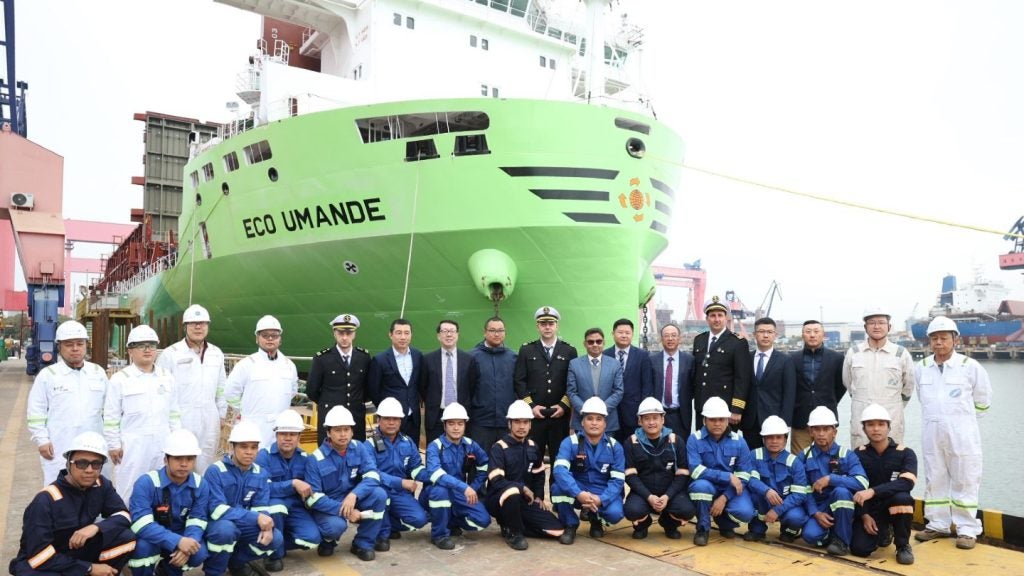A severe storm compelled the Port of Durban in South Africa to suspend all activities on Wednesday 11 October, including vessel movements.
The storm resulted in debris in the water and has made the positions of some containers unknown, thereby posing risks to navigation and potential damage to vessels.
A port official said that the storm has taken at least eight lives in the state, reported Reuters.
The facility's managing company Transnet National Ports Authority (TNPA) also noted that three vessels were grounded at the port due to the severe weather conditions.
However, the ships were re-floated before the port was closed down.
In addition, various vessels have reportedly broken mooring lines and drifted in the port's channel due to the lashing storm.
How well do you really know your competitors?
Access the most comprehensive Company Profiles on the market, powered by GlobalData. Save hours of research. Gain competitive edge.

Thank you!
Your download email will arrive shortly
Not ready to buy yet? Download a free sample
We are confident about the unique quality of our Company Profiles. However, we want you to make the most beneficial decision for your business, so we offer a free sample that you can download by submitting the below form
By GlobalDataA straddle carrier was also blown away into the water, while a number of cranes were derailed by strong winds, stated TNPA.
TNPA said in a statement: “Whilst we are still in the process of determining damage to port infrastructure, we are relieved that no injuries have been reported.
“Several TNPA premises have been flooded, including the Transnet Maritime School of Excellence in Bayhead Road.”
South African Maritime Safety Authority (SAMSA) has also stated that a total of five container ships were affected by the storm.
The authority has now begun working with TNPA to undertake emergency response operations within the Port of Durban's premises.
Representatives from SAMSA and the Port of Durban have also convened a joint operations committee to manage the emergency response operations.







